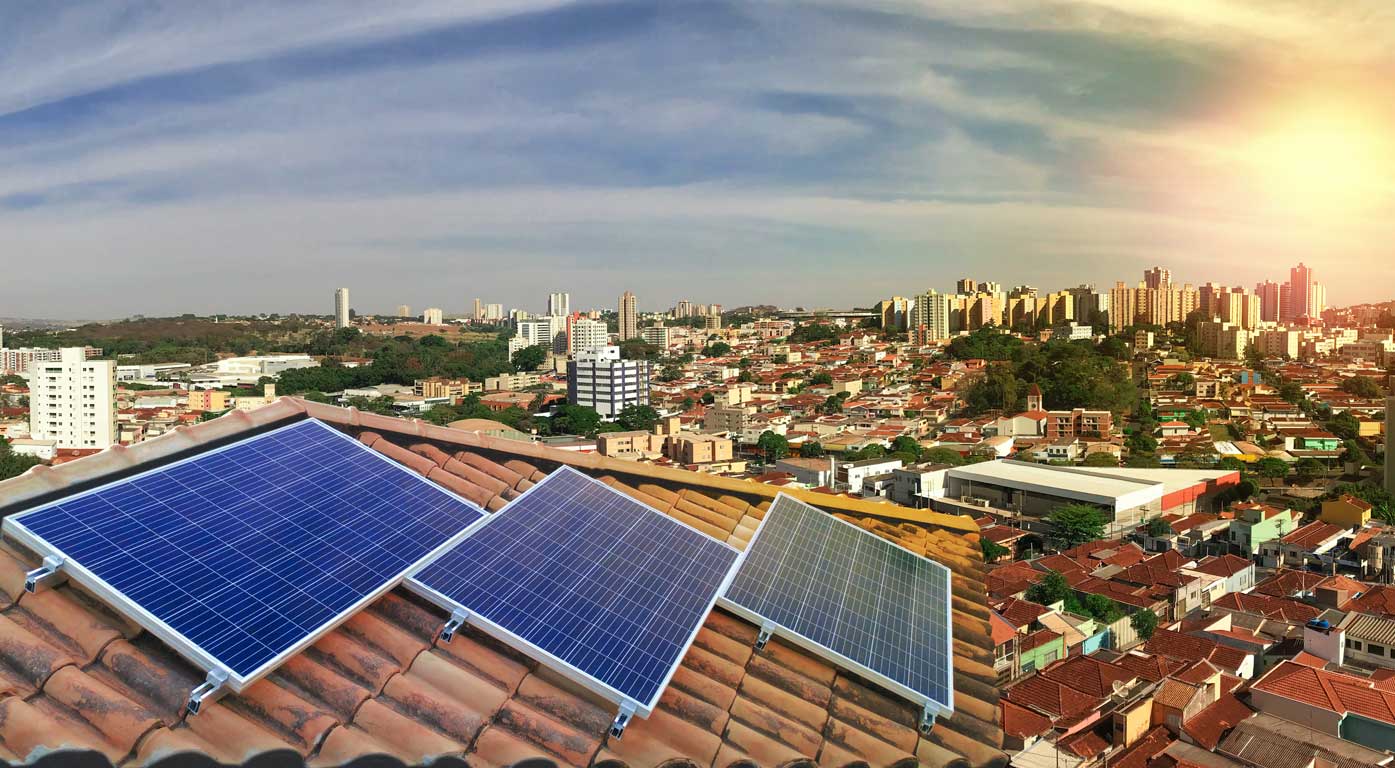Summary
The Smart Hot Water System project aims to prove that a fleet of systems can be centrally controlled to manage reverse power flows into the grid and improve power system reliability.
How the project works
The Smart Hot Water System project involves developing a prototype and conducting a small customer trial of a Smart Hot Water System. The system uses home energy usage predictions and weather data to optimally use excess solar PV to heat hot water, limit reverse power flows into the grid, and maximise homeowner economic benefits.
Learn more
Area of innovation
The areas of innovation include:
- using home energy usage predictions and weather data to optimise the use of excess solar PV generation for water heating;
- treating hot water systems as an energy storage system; and
- providing distribution networks with visibility and control of a fleet of smart hot water systems in a similar way to how batteries are used in Virtual Power Plants.
Benefit
This project has the potential to:
- increase the number of homes that can benefit from solar PV installations by limiting reverse power flows into the grid;
- provide distribution networks with visibility and control of hot water systems as an energy storage resource to help stabilise the grid; and
- deliver energy cost savings to customers by optimising the use of excess solar energy to heat hot water.







